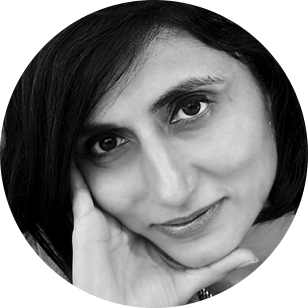How Michelle Obama's fashion diplomacy helped erode India's color prejudice
This might have been the greatest accomplishment of the Obamas' overseas visit

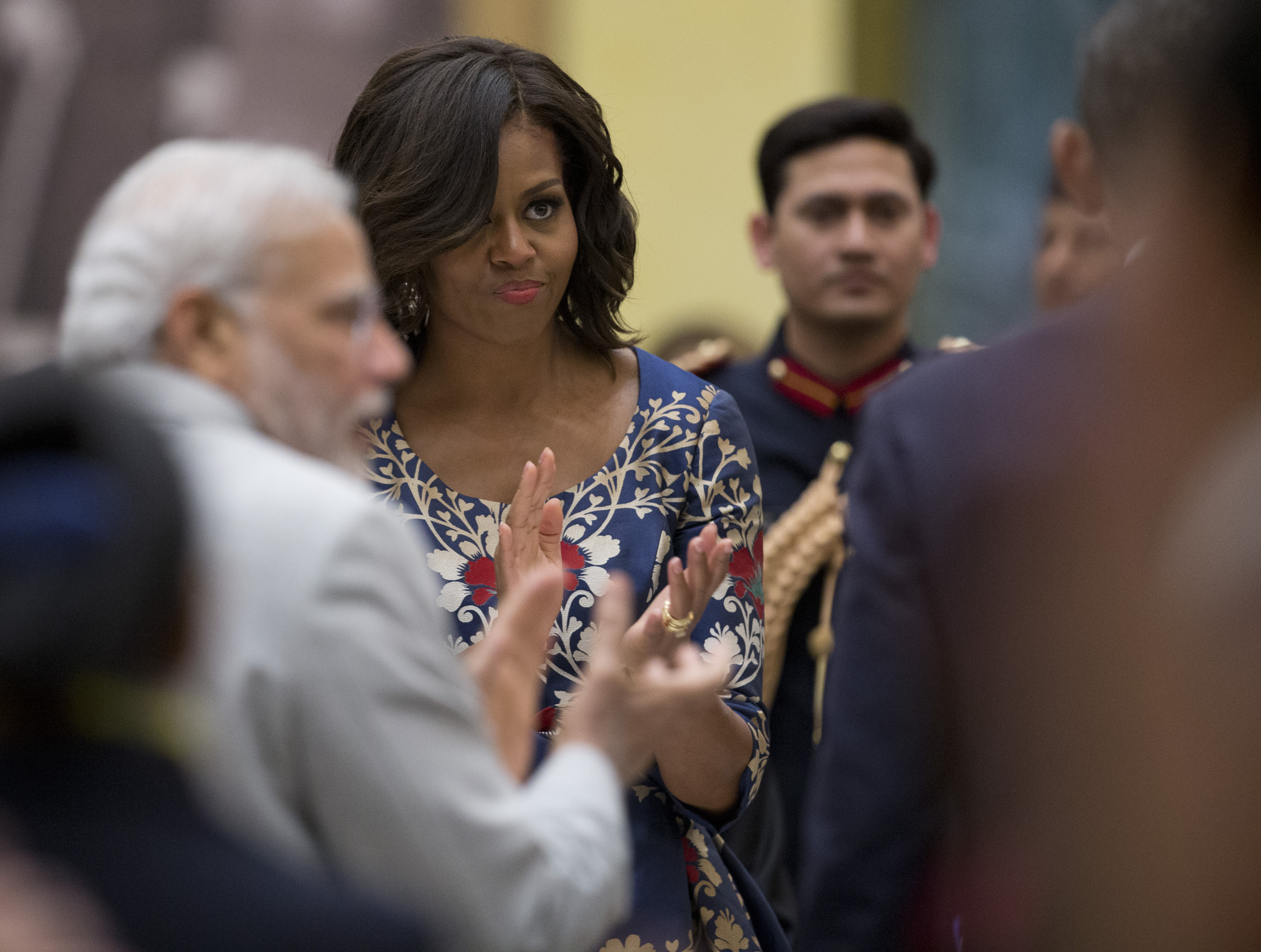
President Barack Obama went to India seeking a breakthrough on global warming and regional security. But it may be First Lady Michelle Obama's fashion diplomacy that will achieve real progress on an issue of far more immediate relevance to the lives of millions of Indians: Breaking India's notorious obsession with skin color.
Days before she shocked Saudi Arabia's royalty by showing up at King Abdullah's funeral sans headscarf, Michelle Obama had become a fashion icon in India, the land of skin whitening creams, and a place that treats blackness as an affliction.
President Obama noted in a speech to a youth audience on his final day in India that there were "moments in my life" in America when he was "treated differently because of the color of my skin." He should have tried growing up dark — especially as a girl — in India.
The Week
Escape your echo chamber. Get the facts behind the news, plus analysis from multiple perspectives.

Sign up for The Week's Free Newsletters
From our morning news briefing to a weekly Good News Newsletter, get the best of The Week delivered directly to your inbox.
From our morning news briefing to a weekly Good News Newsletter, get the best of The Week delivered directly to your inbox.
Even though India doesn't have a history of slavery or KKK-type white supremacy, racism — or, rather, colorism — is rampant. Explanations abound, but the most plausible one involves India's history of domination by lighter-skinned races, starting with the Aryans, then the Mughals, and culminating with the British, whose quasi-apartheid ways formalized what was until then more of an unarticulated prejudice.
But whatever the root cause, the fact is that colorism is now ubiquitous in India. The first thing that parents notice about newborns — after counting their fingers and toes — is their skin color. Pregnant women are routinely advised to start their mornings with white foods like milk or blanched almonds — not tea or coffee — to ensure a lighter complexioned baby. Girls are admonished to stay out of the sun because a tan makes them instantly less beautiful. "Darkie" and "blackie" are terms of derision on the playground. Matrimonial ads grade the skin color of the prospective bride and groom with "very fair" being the most desirable category, "wheatish" — the term-of-art for Halle Berry-style skin tone — being acceptable, and anything darker regarded as a major flaw. Skin-whitening creams such as "Fair and Lovely" to lighten every body part — including the vagina — represent a $500 million industry that growing at nearly 18 percent annually.
In India, skin color doesn't just affect one's prospects in the marriage marketplace, but also in the job marketplace. The beauty industry has no use for really dark-skinned women. Even someone of the skin tone of Nina Davuluri, the Indian-American Miss America, would have a hard time finding anything more than a bit part in Bollywood, let alone becoming a model. And darker people are often relegated to back-end jobs in retail and other industries as well.
Nor do Indians judge only each other by their skin color. White tourists are lavished with attention while African visitors often experience borderline abuse. Diepiriye KuKu, a gay black American who studied in New Delhi, reports that discrimination in India involves a basic lack of courtesy and kindness — and more. He recounts that while his white partner was offered tea and saluted by guards at an ATM, he was asked why he was there. He was denied visas, apartments, and entrance to discos.
A free daily email with the biggest news stories of the day – and the best features from TheWeek.com
Likewise, Mary Frances Barry, former chairwoman of the U.S. Civil Rights Commission, who once came to the offices of The Detroit News editorial board when I worked there, told me that India was the most color-conscious country that she had visited. Bellboys at five-star hotels would ignore her while rushing to serve her white colleagues.
There is no easy cure for this prejudice because most Indians, outside of a few progressive circles, don't think there is anything wrong with it. "India is racist, and happy about it," notes KuKu.
That might be an overstatement, but it is absolutely true that shaming isn't an effective strategy against Indian-style racism (which, incidentally, is also prevalent in much of Southeast Asia, especially Singapore). Although the psychological toll of making dark-skinned people feel inherently inferior is immense in a country with a lot of dark-skinned people, it's not equal to slavery or apartheid. Those are the kinds of large injustices around which it is possible to build a campaign to jolt a society out of its apathy by organizing the victims. But in India, almost everyone has both perpetrated and suffered from colorism at some point. Every family sports a variety of skin tones, allowing the same parents, say, to show off their light-skinned daughter with pride while enduring the sting of having their darker-skinned daughter stigmatized. Both situations seem normal to them.
That's why last year's ban on commercials portraying dark-skinned people negatively is unlikely to change attitudes, even if it were enforceable. A "Dark is Beautiful" campaign launched by a dusky Bollywood actress may help, but only at the margins, because Indians have an allergy to preachy public campaigns.
The most effective antidote to colorism might be confronting Indians with alternative conceptions of beauty that stretch their conventional notions. And, without actively trying, Michelle Obama did just that.
Standing tall next to most powerful man on the planet, she exuded the quiet confidence of an intelligent, empowered, professional woman — neither trying to shrink to avoid scrutiny nor over-project to hog the limelight. She certainly didn't treat her skin color as a liability that needed to be camouflaged or covered, which is something that dark Indian women sadly often find themselves doing. Rather, as is the first lady's wont, she took fashion risks to showcase who she is, experimenting with bright colors and bold patterns.
Not all of them worked. But Indian women were transfixed from the moment she stepped out of the plane in an unusual black-and-white checkered suit embossed with a large, bold, blue floral design created by Bibhu Mohapatra, a New York-based Indian-American designer. They were glued to their TVs, eagerly awaiting a glimpse of her outfits. The Indian fashion press was abuzz with every detail of her hairstyle, accessory, and makeup. Fashion websites depicted her in various Indian outfits, trying to entice her to wear one. She was the black version of Jackie Kennedy.
No doubt her husband, a popular and charismatic figure with Indians, helped boost her cache as a fashion icon. But Bill Clinton was all of that too — yet Hillary Clinton never became India's glam queen.
Michelle Obama's critics might be tempted to dismiss her love of fashion and clothes as a frivolous self-indulgence. But by taking herself — and her appearance — seriously, she might have given her dark-skinned Indian sisters a boost up in scaling the country's formidable color wall.
Shikha Dalmia is a visiting fellow at the Mercatus Center at George Mason University studying the rise of populist authoritarianism. She is a Bloomberg View contributor and a columnist at the Washington Examiner, and she also writes regularly for The New York Times, USA Today, The Wall Street Journal, and numerous other publications. She considers herself to be a progressive libertarian and an agnostic with Buddhist longings and a Sufi soul.
-
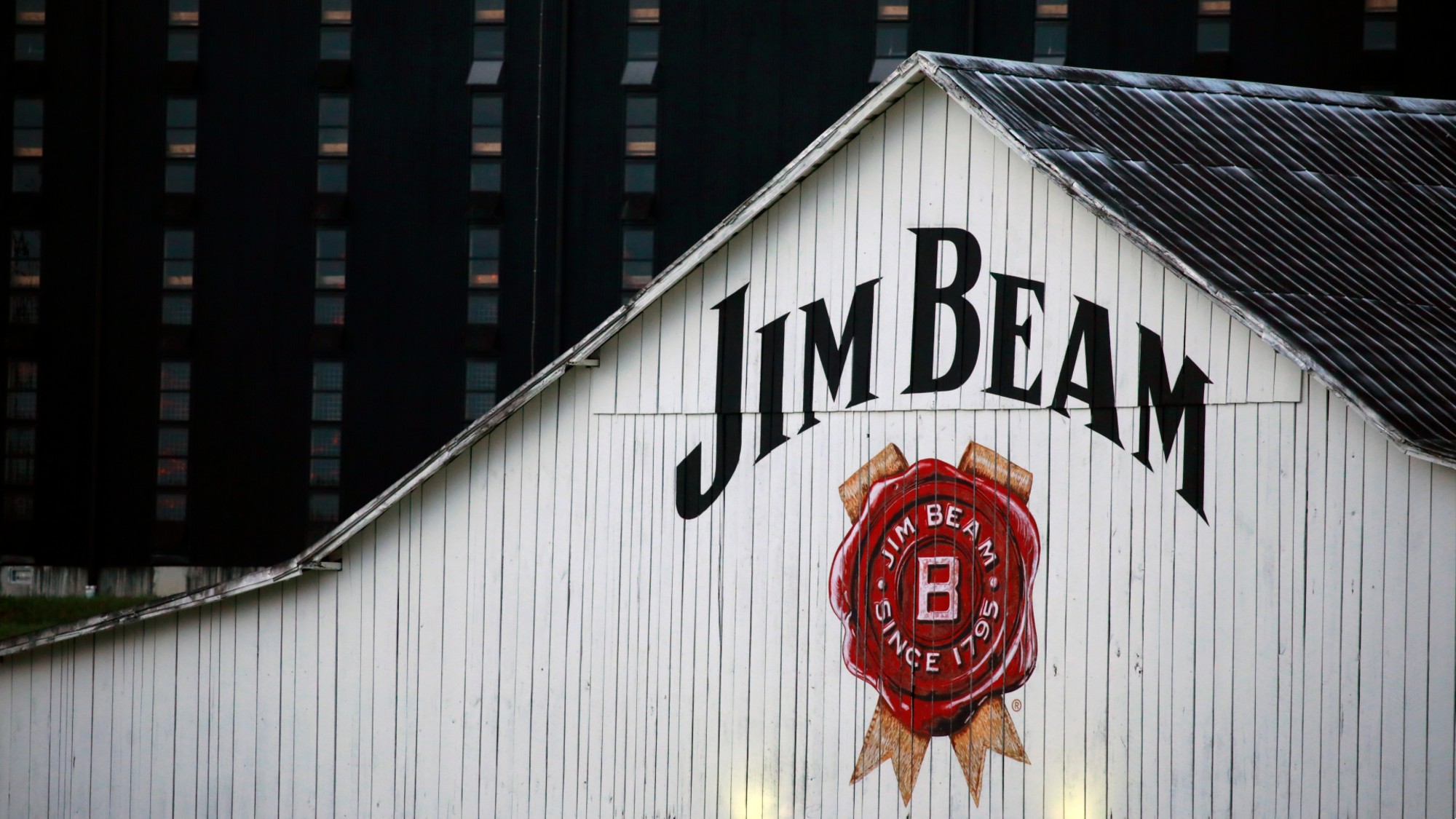 Whiskey tariffs cause major problems for American distillers
Whiskey tariffs cause major problems for American distillersIn the Spotlight Jim Beam is the latest brand to feel the pain
-
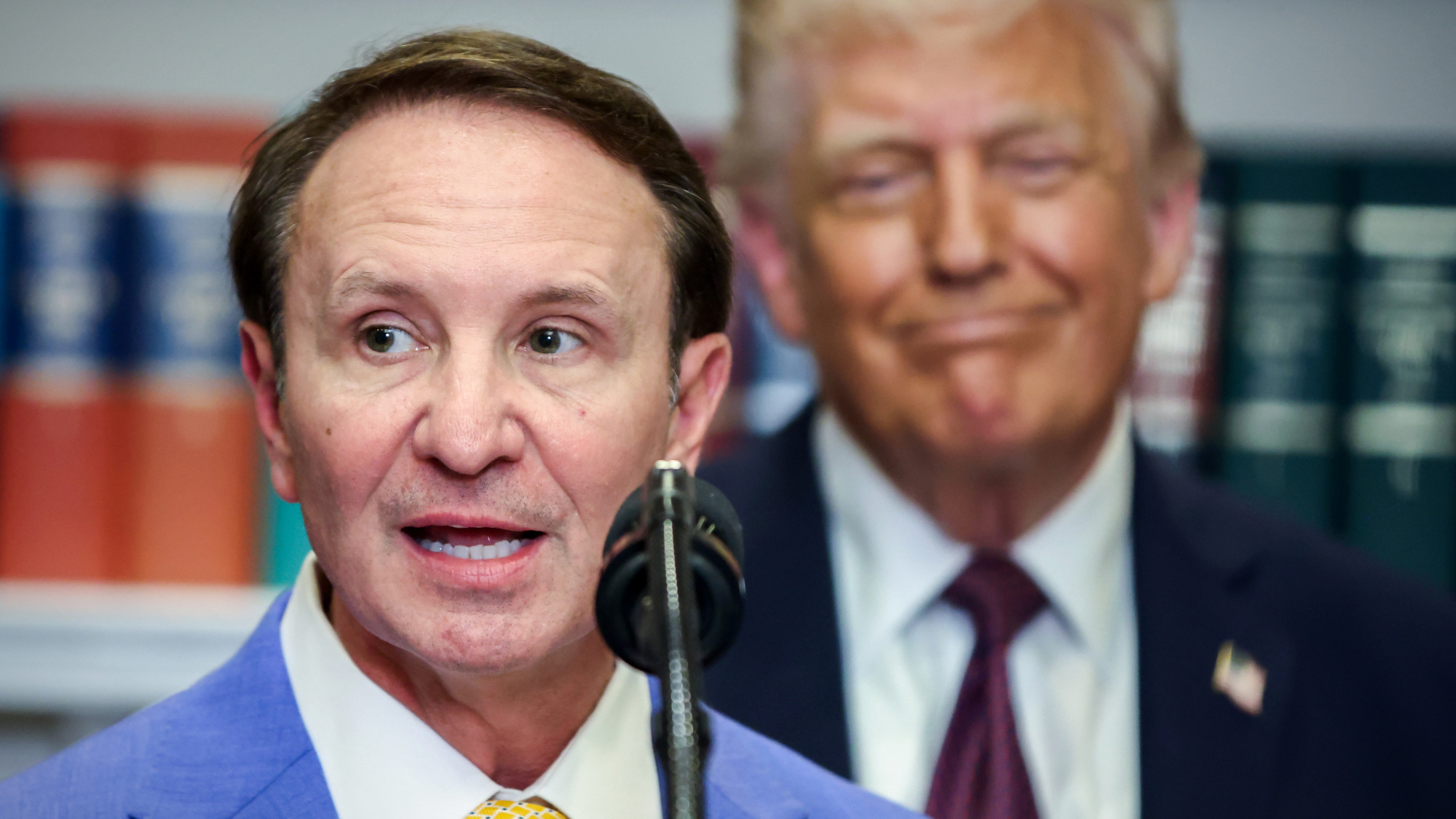 Danes ‘outraged’ at revived Trump Greenland push
Danes ‘outraged’ at revived Trump Greenland pushSpeed Read
-
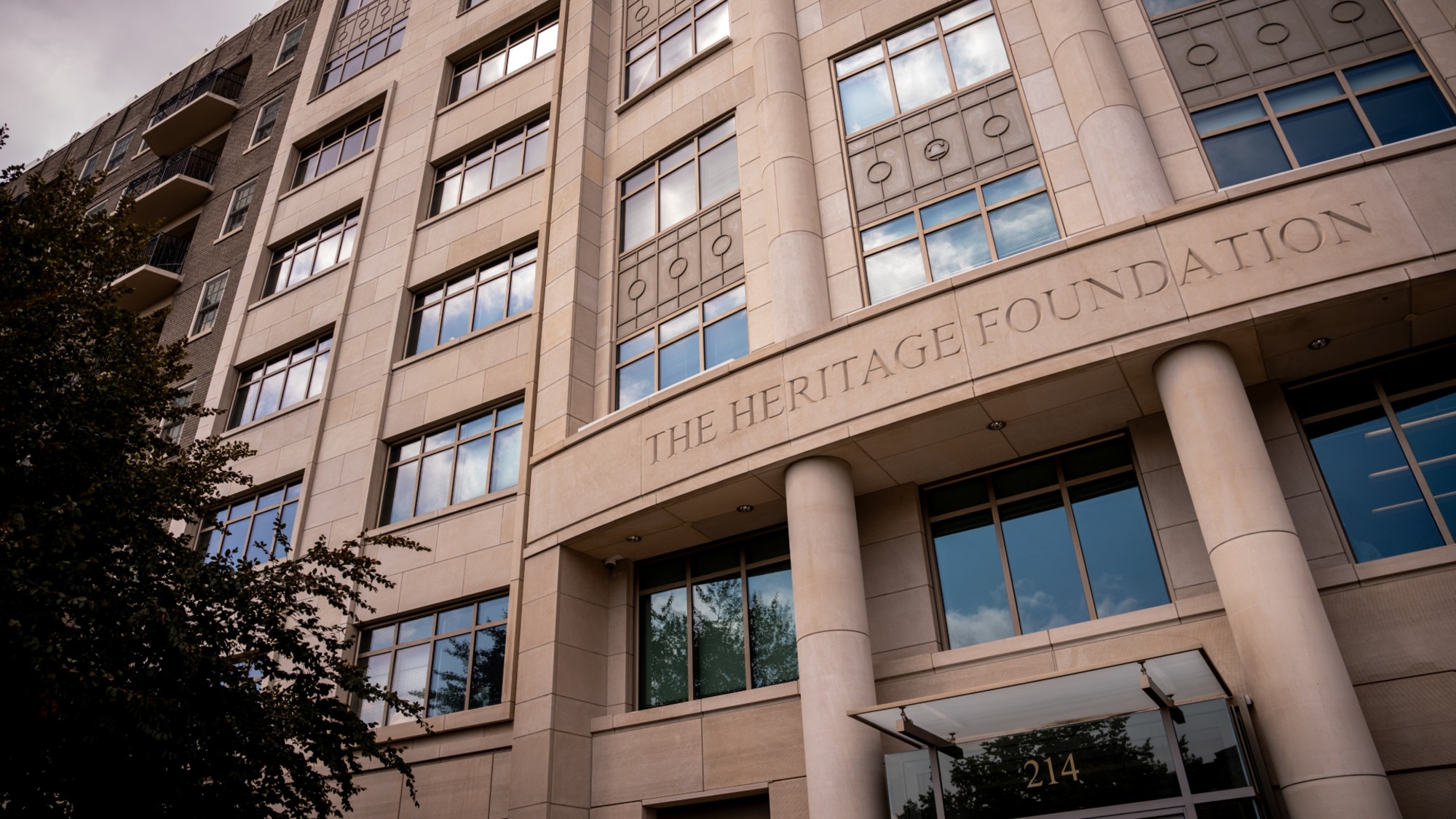 ‘Tension has been building inside Heritage for a long time’
‘Tension has been building inside Heritage for a long time’Instant Opinion Opinion, comment and editorials of the day
-
 Has Zohran Mamdani shown the Democrats how to win again?
Has Zohran Mamdani shown the Democrats how to win again?Today’s Big Question New York City mayoral election touted as victory for left-wing populists but moderate centrist wins elsewhere present more complex path for Democratic Party
-
 Millions turn out for anti-Trump ‘No Kings’ rallies
Millions turn out for anti-Trump ‘No Kings’ ralliesSpeed Read An estimated 7 million people participated, 2 million more than at the first ‘No Kings’ protest in June
-
 Ghislaine Maxwell: angling for a Trump pardon
Ghislaine Maxwell: angling for a Trump pardonTalking Point Convicted sex trafficker's testimony could shed new light on president's links to Jeffrey Epstein
-
 The last words and final moments of 40 presidents
The last words and final moments of 40 presidentsThe Explainer Some are eloquent quotes worthy of the holders of the highest office in the nation, and others... aren't
-
 The JFK files: the truth at last?
The JFK files: the truth at last?In The Spotlight More than 64,000 previously classified documents relating the 1963 assassination of John F. Kennedy have been released by the Trump administration
-
 'Seriously, not literally': how should the world take Donald Trump?
'Seriously, not literally': how should the world take Donald Trump?Today's big question White House rhetoric and reality look likely to become increasingly blurred
-
 Will Trump's 'madman' strategy pay off?
Will Trump's 'madman' strategy pay off?Today's Big Question Incoming US president likes to seem unpredictable but, this time round, world leaders could be wise to his playbook
-
 Democrats vs. Republicans: who do the billionaires back?
Democrats vs. Republicans: who do the billionaires back?The Explainer Younger tech titans join 'boys' club throwing money and support' behind President Trump, while older plutocrats quietly rebuke new administration
